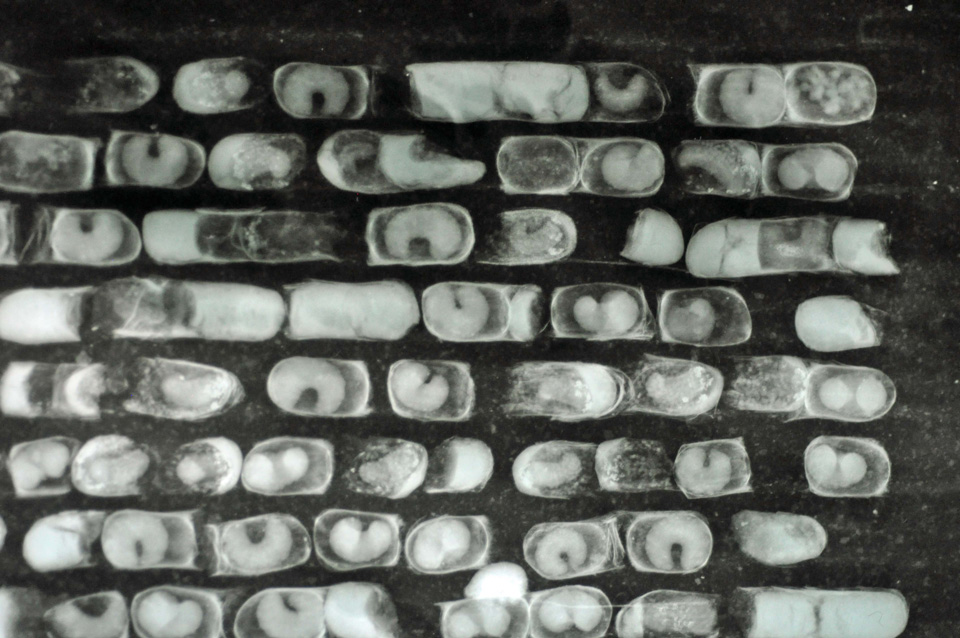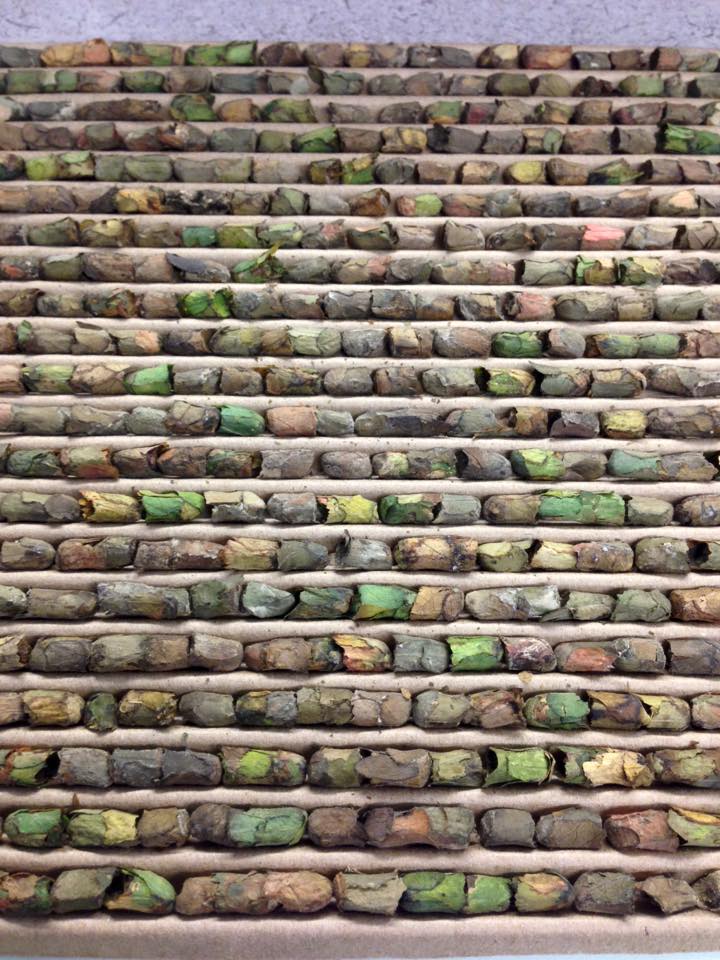Application Forms
ALCB Program & Services
 The Alfalfa Seed Committee manages this program, which is administratively attached to the Department of Agriculture. Alfalfa leafcutting bees are reared in Montana primarily for pollinating alfalfa raised for seed. Because of these very efficient pollinators, alfalfa seed growers can double to triple the amount of seed produced per acre.
The Alfalfa Seed Committee manages this program, which is administratively attached to the Department of Agriculture. Alfalfa leafcutting bees are reared in Montana primarily for pollinating alfalfa raised for seed. Because of these very efficient pollinators, alfalfa seed growers can double to triple the amount of seed produced per acre.
Bee diseases and parasites, however, can dramatically decrease ALCB reproduction. Registration and certification of ALCBs is a means of providing information to beekeepers so they can make management decisions regarding pests.
Registration and Laboratory Fees are:
- One time registration fee - $15.00
- Basic laboratory analysis - $50.00 per sample
- Sex ratio test - $20.00 per sample
- Certification - $30.00/sample (must be an official sample), per diem, mileage, and a $10.00/hour sampling fee
Alfalfa Leafcutting Bees Overview

Alfalfa leafcutting bees, Megachile rotundata, are the most intensively managed solitary bee species in the world. However, "solitary" doesn't mean that they live entirely alone. Alfalfa leafcutting bees will tolerate being in quite close quarters with each other, but each female tends her own nest. There is no division of labor or caste system, no queens or workers, as there are in their truly social relative, the honeybees.
Alfalfa leafcutting bees are used in the production of alfalfa seed. They are a much more efficient pollinator of alfalfa and a few related crops than are honeybees. Fields with managed populations of ALCBs usually produce two or three times the number of seed that fields without managed bees present do. Growers place ALCBs in the fields as pre-pupae: mature larvae in the small leaf-wrapped cells that you see in the photographs.
It takes about 20,000 bees per acre to get a good yield, but bees are expensive and too many bees can actually decrease yields by competing with each other and collecting too much pollen. To farm effectively and efficiently, growers must put out the right number of bees. And to do that, they must know how many live bees are present in each gallon or pound of ALCB cells.
That's where we come in. A number of ALCB pre-pupae cells are counted out on cardboard trays and x-rayed. You can see on the x-ray that most of the cells are healthy mature larvae. They are plump and full of water, making them a bright white on the x-ray. Not all larvae are healthy, however.
Some are a less-dense gray color; these are larvae that have died and begun to dry out. You may see some with bright dots; these are bee larvae that have died of chalkbrood, a deadly fungus that forms very dense reproductive spores -the bright dots- when it matures. Some will have numerous smaller larvae inside instead of one large bee larva These are various predators and parasites, other insects that feed either on the ALCB larvae themselves, or on the pollen and nectar stored for their use. Some lay a few eggs in the cell, and smaller species may lay hundreds. By inspecting each cell on the x-ray film and adding all this up, our entomologist can determine the number of viable cells, those that will successfully mature into adult ALCBs. Using that information, growers can put out exactly the number of bees they need for each field.


